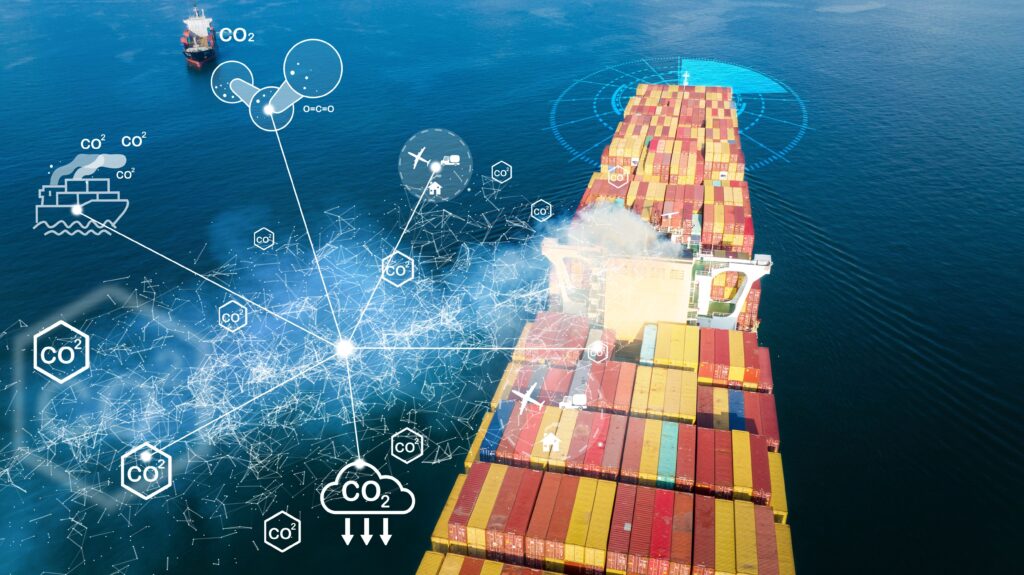Navigating the EU Emissions Trading System (ETS)
December 7th, 2023
Introduction
In response to the urgent global concern over climate change, the European Union has implemented a phased plan, the "EU Emissions Trading System (ETS)," designed to curb greenhouse gas emissions. Effective from January 1st 2024, this initiative extends its scope to the shipping industry, specifically for vessels over 5,000 Gross Tonnage engaged in voyages between and to/out of EU ports.
Understanding the Mechanism
The EU ETS, established in 2005, is the world's largest emissions trading system, operating on a "cap and trade" principle. This involves setting a maximum cap on total greenhouse gas emissions, with companies buying allowances based on their emissions.
The number of allowances available EU-wide decreases every year, with the purpose to drive the total amount of greenhouse gases emitted down towards the 2030 and 2050 targets.
Application to the Shipping Industry
Carbon pricing is recognized as a crucial step in reducing the carbon footprint of shipping and supporting customers in their decarbonization journey. In line with this, a surcharge, termed the “ETS surcharge,” will be applied to all containers loaded on services impacted by the EU ETS regulation. The surcharge will be included in next year’s freight rates, reviews may occur quarterly based on regulatory updates and carbon allowance market values.
Shipping companies are obliged to submit allowances for the following emissions:
- 100% for vessels sailing between EU ports
- 100% for vessels berthing at EU ports
- 50% for vessels departing from an EU port to a non-EU port and vice versa
Implementation will occur in three phases, commencing in 2024:
- 2024: Companies must submit allowances for 40% of their emissions
- 2025: Companies must submit allowances for 70% of their emissions
- From 2026 onwards: Companies must submit allowances for all their emissions
The Surcharge and Impact on Customers
Costs to be paid by the carriers will only be known post-fact. Therefore, the communicated surcharges are based on upfront assumptions and carrier’s calculations. Furthermore, the regulations regarding alignment between carriers is no different than for bunker surcharges. Under EU legislation, carriers are prohibited from aligning such surcharges – even though the foundation for the surcharge is exactly the same for all carriers.
Examples regarding the amount of these surcharges are:
- €24 per TEU from Asia to North Europe via Yang Ming (dry)
- €29 per TEU from Europe to Africa via ONE (dry)
- €56 per TEU from Europe to South America WC via CMA CM (reefer)
- €58 per TEU from Europe to South America EC via Hapag (reefer)
- €20 per TEU from Europe to Asia via MSC (reefer)
Depending on carrier pricing towards ’24, shippers can expect to see increased pressure on their rates as carriers incorporate surcharges into their overall freight rate. This could have an impact on the overall cost of transporting goods and services by sea. On another note, the different methodologies used by carriers to calculate ETS surcharges will create ambiguity in rate levels, which will affect shipper preference in terms of carrier choice for a particular destination.
Should you have any questions or comments regarding this topic, do not hesitate to contact your Shipex representative.
The Shipex Team


